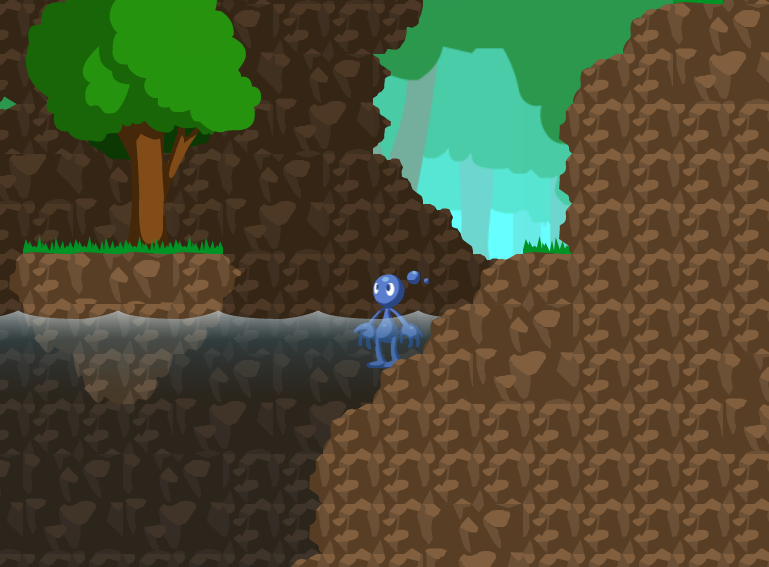Since I’ve been helped in the past by may users on this site, I felt that I should show my work in progress. Using Slick2D, I plan to make a very lengthy platformer (so long as I don’t quit in the middle, right?) with a couple of friends. The people I have in mind to help me, however, are kind of busy at the moment, but I digress.
Everything you see here in this game is my creation, excluding a few resources:
The characters within the speech bubbles come from my favorite indie game of all time, CaveStory, and the background music , called Swing Bit Brawl, comes from Waterflame of Newgrounds.com. I don’t actually plan to use these resources in the final product, but I felt like I needed something to fill it out, you see.
Tell me what you think. Does it run smoothly on your computer? Does it run at all??? 50fps is the expected frame-rate. Any amount of constructive criticism is welcome, but be cool, guys. This is just a work in progress with only 3 rooms and demonstrates a small portion of the game logic. I’ve also included the source in case someone is zealous enough to look through it.
Beta 1: http://www.mediafire.com/?4sy6zcu94vp349i
Beta 2: http://www.mediafire.com/?1f96dskhyijlnr5
Beta 3: http://www.mediafire.com/?tpp2upe3chtaeu3
From Beta 2 and onward, I will be including a log.txt file that SHOULD log every thing that is printed out. I’ve included this because I’ve run into a couple of people who have had trouble getting my game to run, and I would like to eliminate some compatibility issues that I don’t encounter working on my little ol’ lappy!


 I liked it a lot! Keep it up, please!
I liked it a lot! Keep it up, please! 